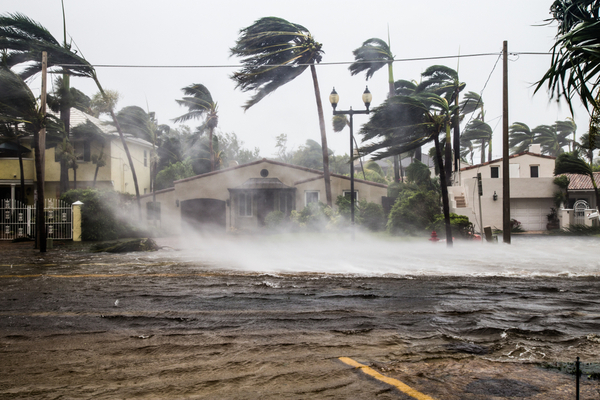One day after becoming a tropical storm, the first in the basin since Colin in early July, Danielle strengthened into a Category 1 hurricane over the North Atlantic Ocean on Friday morning.
As AccuWeather reports, the hurricane wasn’t a threat to land as it was located 885 miles west of the Azores, an island chain located to the west of Portugal, according to the National Hurricane Center. Danielle had maximum sustained winds of 75 mph and was nearly stationary as it was moving at a speed of just 1 mph. The NHC said hurricane-force winds extended outward up to 15 miles from the center of the storm and tropical storm-force winds extended outward up to 115 miles (185 km).
Danielle’s development occurred right after an unusually quiet August. According to AccuWeather meteorologists, it was the first time in 25 years that the Atlantic basin had zero named tropical systems in the month of August.
This season has been dramatically different compared to the hyperactive 2020 and 2021 Atlantic seasons. The current season has fallen behind the pace of an average hurricane season. The first hurricane of an Atlantic season typically develops by Aug. 11, according to the 30-year average from 1991 to 2020 compiled by the National Oceanic and Atmospheric Administration (NOAA).
AccuWeather forecasters said Danielle will remain a hurricane for several more days as it meanders over the open waters of the Atlantic and well away from land.
As the storm treks northeastward through the middle of next week, Danielle is likely to move into an area of lower water temperatures, which will likely cause it to lose wind intensity.
“There is a small chance that a dip in the jet stream may try to grab Danielle and pull it more to the north, toward the Canadian province of Newfoundland and Labrador or Greenland for a time next week. If this occurs, it could delay, limit or prevent direct moisture from reaching the United Kingdom,” AccuWeather Senior Meteorologist Alex Sosnowski said.
The next named storms that take shape in the Atlantic will be called Earl and Fiona.
With the calendar now reading September, the peak of the Atlantic hurricane season is even closer. On average, the peak of hurricane season is September 10. With warm ocean waters across much of the Atlantic, as well as in the Caribbean and Gulf of Mexico, AccuWeather meteorologists will continue monitoring the waters of the basin for signs of potential new development.
—
Photo Credit: FotoKina / Shutterstock.com
